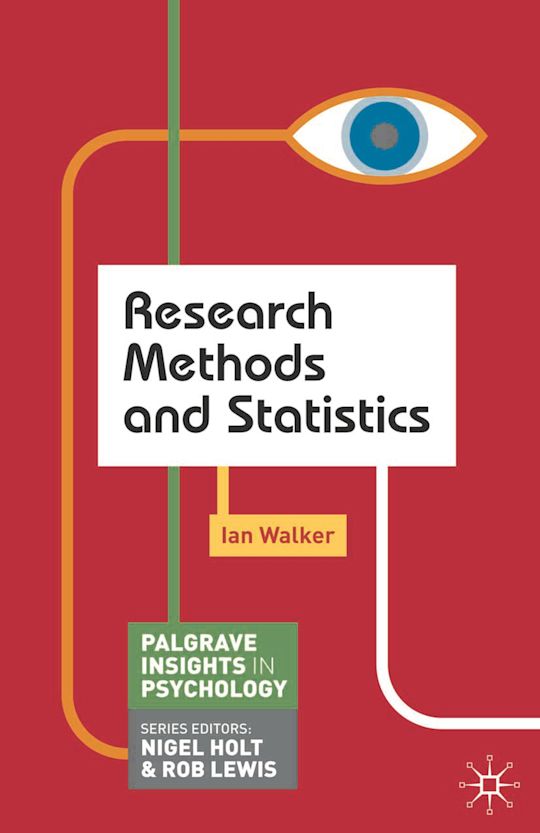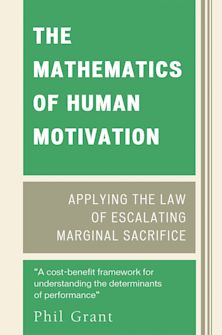- Home
- ACADEMIC
- Psychology
- Research Methods in Psychology
- Research Methods and Statistics
Exam copy added to basket
Choose your preferred format. Please note ebook exam copies are fulfilled by VitalSource™.
Buy from Bloomsbury eTextBooks
You are now leaving the Bloomsbury Publishing website. Your eBook purchase will be with our partner https://www.vitalsource.com.
Your credit card statement will show this purchase originating from VitalSource Technologies. They will also provide any technical assistance you might require.
You must sign in to add this item to your wishlist. Please sign in or create an account
Description
How do you design a research project? What is the difference in method between qualitative and quantitative research? How should psychologists go about considering the ethics of research methodology? For the 'students who ask questions', this concise text provides an informative introduction to the methods of psychological research, offering an overview of the primary stages in research. From learning how to construct the initial aims and criterion of a study to presenting the final resulting data into tables and graphs, this book aims to guide psychologists through the tools that make psychological research and the understanding of its resulting data possible. Written with enthusiasm and lucidity, Walker guides readers through the appropriate methods for undertaking research, explaining the discerning features of the core types of research, the primary measurements of statistics such as the chi-squared, t and Mann-Whitney U tests and brings an apt consideration of what makes a psychological study ethical. Whether desiring to learn about how to empirically record and measure the psychological experience of an individual or the behavioural factors of an entire population, Research Methods and Statistics is the introductory short-text for learning how to undertake successful research.
This title stands as part of the Insights series edited by Nigel Holt and Rob Lewis, containing versatile, quick guides to the cornerstone theories, main topics and theoretical perspectives of their subjects and are useful for pre-undergraduate students looking to find incisive introductions to subjects that they may be considering for undergraduate study or those looking for helpful preparatory reading for undergraduate modules in the prospective subject. Also useful for undergraduate psychology-students who feel that they could benefit from some background reading in this often less-understood area of psychology.
Table of Contents
Introduction
The First Three Stages of Designing a Study
Samples and Populations
Types of Study Observation, Experiment, Qualitative
The Mighty Experiment
Qualitative Research
Ethics
Putting it all Together: Thinking Through Two Study Designs
PART II: STATISTICS
How Statistics are used to Describe Research Findings
Describing Research Findings with Graphs
Presenting Qualitative Data
The Chi Squared Test
The Normal Distribution
Looking fora Difference Between Two Sets of Numbers [t-Tests, Mann-Whitney, Wilcoxon]
Explain What Parametricity Is
Looking at Relationships
Qualitative Analysis
PART III: REFERENCE
Writing Research Reports
Glossary.
Product details
| Published | Sep 16 2017 |
|---|---|
| Format | Ebook (PDF) |
| Edition | 1st |
| Extent | 200 |
| ISBN | 9781137013736 |
| Imprint | Red Globe Press |
| Series | Bloomsbury Insights in Psychology series |
| Publisher | Bloomsbury Publishing |

































